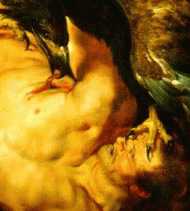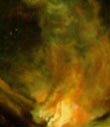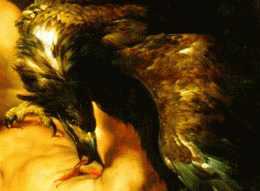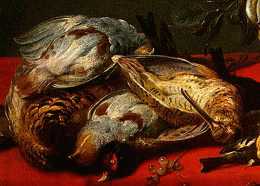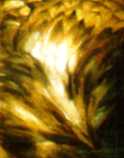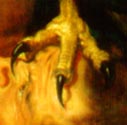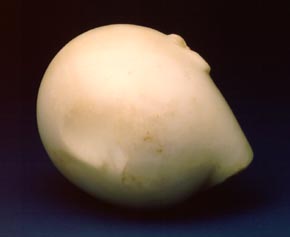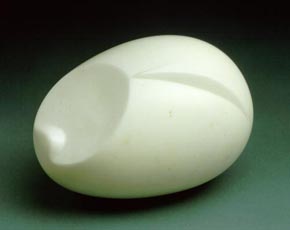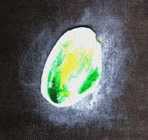
 Philadelphia Museum Of Art, 5/16/97 Tim Rollins
Danielle Rice Curator of Education, Philadelphia Museum of
Art Tim: This is Emanuel and Daniel's first visit here. Robert and Jorge have been here before, and I'm sure they saw it, but sometimes we don't possess the eyes that are able to truly see the work. When we are working on a theme, then everything we can find that relates to that theme becomes visible and important. What inspired this whole project was the first time I visited the PMA with some of my special ed. junior high school students in 1981. This was when the K.O.S. project was just beginning and I was a full-time art teacher in the New York public school system. This painting was by far the kids' favorite artwork, with Duchamp's Etant Données coming in a close second. Isn't that wild? So, the kids' enthusiasm for Prometheus Bound encouraged me to read Aeschylus and research other artworks, literature and music that have been created on this theme. We've been struggling to make our own Prometheus for fifteen years and finally we think we're onto something. The Prometheus of Aeschlyus has spoken to us, has come to us, very powerfully these last two years. So now we're going back to revisit as many of the original inspirations as possible. Robert: It's amazing to see the confrontation - the fight - in the faces of both Prometheus and the eagle that's tearing out his liver. The eagle is really out to hurt and torture Prometheus. You can see it in the eagle's eyes - he's really getting pleasure out of this. Danielle: So you see the bird and the man confronting each other because of the way they're staring in each other's eyes like that? Robert: Yeah. There's a battle going on here. |

